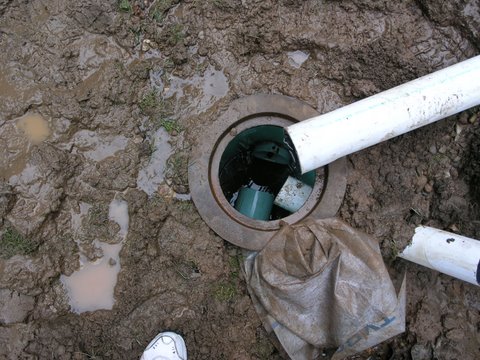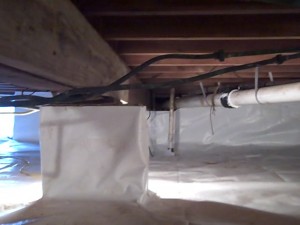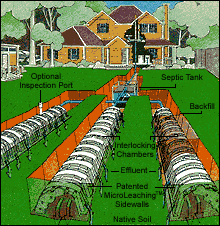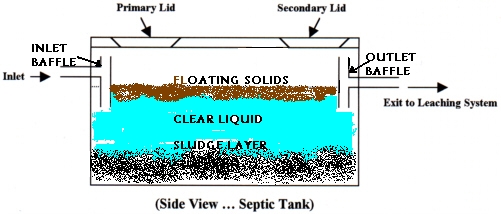
Start of catch basin drainage project
Soggy Yard, Puddles, Bugs & Insects?
Silvester’s Can Help!
65 percent of homeowners in the greater Hartford area have some type of water problem in their yard. Most wet yards can be drained effectively with a drainage system consisting of a gravity drain, a few catch basins, and possibly a curtain drain (French Drain) and also connecting all the downspouts from the gutters to the gravity drain. This diverts the flow of water away from the foundation and yard and eliminating the flooding and ponding.
Please call Silvester’s for a personalized solution to your All your Drainage Problems
We fix it the old fashioned way that is tried and true.
We are Licensed and Bonded with all the municipality’s in the grater Hartford area.
Click here to view our drainage gallery.



